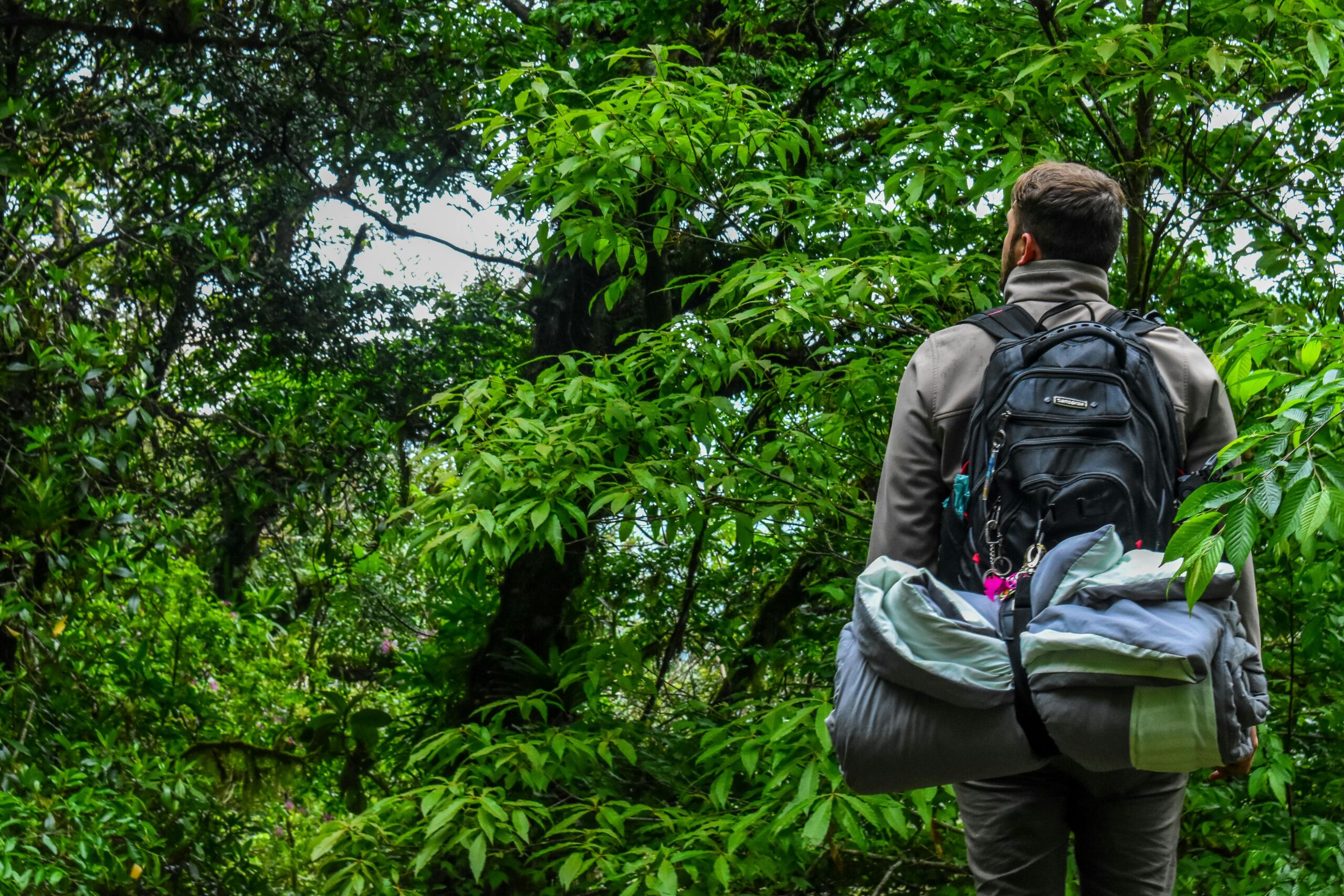Hiking 101: A Beginner’s Guide to Hitting the Trails and Finding Your Adventure
For those who have always longed for an intimate experience with nature, there’s perhaps no better way to engage with the great outdoors than through the time-honored tradition of hiking. This activity, which combines elements of physical exercise, mental health, and a deep connection with the natural world, is not just for the seasoned mountaineer but also for the complete novice. Here, we’ll introduce you to the essence of hiking, providing you with all you need to know to take your first steps on the trail and begin your very own adventure.
The Art of Preparation: Essential Gear and Attire for the Hiking Novice
Your first hiking escapade begins with appropriate gear – not too little, not too much, but just right. For the uninitiated, selecting the correct essentials can be overwhelming. The key, however, lies in striking a balance between comfort and preparedness. Here are the fundamental items you should consider as part of your initial gear checklist:
Proper Footwear
Begin at the bottom – with your choice of footwear. Your feet are your best friends on the trail, and as such, they deserve appropriate care. A sturdy pair of hiking boots offers both support and protection, and it’s crucial to break them in before tackling longer excursions. Aim for shoes that have good traction and a comfortable fit.
Clothing for All Conditions
The weather can be unpredictable, especially in mountainous areas. Dressing in layers allows you to regulate your body temperature. Begin with a moisture-wicking base layer, add a warmth-trapping mid-layer, and finish with a waterproof and wind-resistant outer layer. Don’t forget a hat and gloves for cold outings.
The Right Pack
Selecting a backpack that is not only comfortable but also able to store your gear is essential. For day hikes, a 20 to 30-liter backpack should be sufficient. Ensure it has shoulder and waist straps to distribute the weight, and consider models that come with a water bladder to stay hydrated easily.
Other Essentials
Some other essentials to include in your pack are a first-aid kit, a multi-tool, a headlamp, matches, a map, and a compass. Depend on the 10 essentials checklist for guidance.
Picking Your Path: Navigating the Trail Difficulty Testing Grounds
Beyond getting the right gear, it’s also key to select a trail that’s a good match for your fitness level and experience. Here’s a breakdown of trail difficulty levels to guide your selection:
Easy Trails
Marked by well-maintained paths and gentle terrain, easy trails are perfect for beginners. They are usually shorter in length and don’t present many obstacles. These trails are ideal for getting accustomed to hiking and building confidence.
Moderate Trails
Slightly more challenging than easy trails, moderate hikes may include some elevation gain and occasionally rougher terrain. They offer a step up for beginners who are looking to push their endurance and skill.
Difficult Trails
Difficult trails are substantial and may involve steep ascents, rough terrain, and potentially hazardous conditions. These are best left for when you’ve garnered some experience and are confident in your abilities.
For your first few hikes, it’s also a good idea to choose a trail that you can complete comfortably within a day. Remember, the joy of hiking lies in the experience, not the distance or elevation reached.
Onward and Upward: Hiking Techniques and Staying Safe on the Trail
Understanding some basic techniques and safety considerations will ensure your hikes are pleasurable without any undue risk.
Technique Is Key
Start by taking small steps and use trekking poles for balance if necessary. Engage your core for stability and be mindful of your posture. On inclines, pivot from your hips for maximum efficiency, and always maintain three points of contact when descending steep sections.
Safety First
Always inform someone of your hiking plans, carry ample food and water, and know the wildlife and risks associated with the area. Be sure to pack sun protection and insect repellent, and learn to recognize and respond to the signs of heatstroke or hypothermia.
Trail Etiquette
Respect other hikers by yielding appropriately and avoid loud noises or music that can disturb wildlife and the tranquility of the natural environment.
Appreciating Nature: The Flora and Fauna You’ll Encounter
Hiking isn’t just about reaching a destination, but also about the journey and the natural wonders you’ll encounter along the way. Take time to appreciate the flora and fauna unique to each trail:
Admire the Scenery
Enjoy the breathtaking views, and be sure to take plenty of breaks to soak in the surroundings. A camera or smartphone can help you capture memories to cherish and share.
Learn About Your Surroundings
Bring along a field guide to identify plants and animals – binoculars can be handy for observing wildlife from a distance. Educate yourself on species habitats and behaviors to enhance your nature experience.
Building Momentum: Skills Development and Progression Planning
After you’ve embarked on several hikes, you may feel the desire to explore more challenging trails. Here’s how to advance:
Set Milestones and Track Your Progress
Keep a journal of your hikes, noting distance, time, and notable experiences. This can help you see how far you’ve come and provides motivation to keep improving.
Gradually Increase Difficulty
Select trails that are slightly more challenging than your last hike. This gradual progression will help you develop strength and endurance over time, making more difficult trails much more manageable.
Join a Group or Club
Hiking with more experienced individuals can fast-track your skills and open up new trails. Local groups often organize hikes that cater to various levels, and the camaraderie can make even the steepest climbs feel like a breeze.
Conclusion: Taking the First Step on the Endless Trail of Adventure
Hiking is a gateway to the natural world, offering a blend of physical exertion, psychological refreshment, and a deeper understanding of the environment. For the beginner hiker, the path to outdoor fulfillment is as accessible as the nearest trail. By following the tips and techniques laid out in this guide, you’re ready to lace up your boots and start exploring the beauty that nature has to offer. Remember, every mountain you climb, no matter how tall, begins with a single step – and yours starts now. Happy trails!




